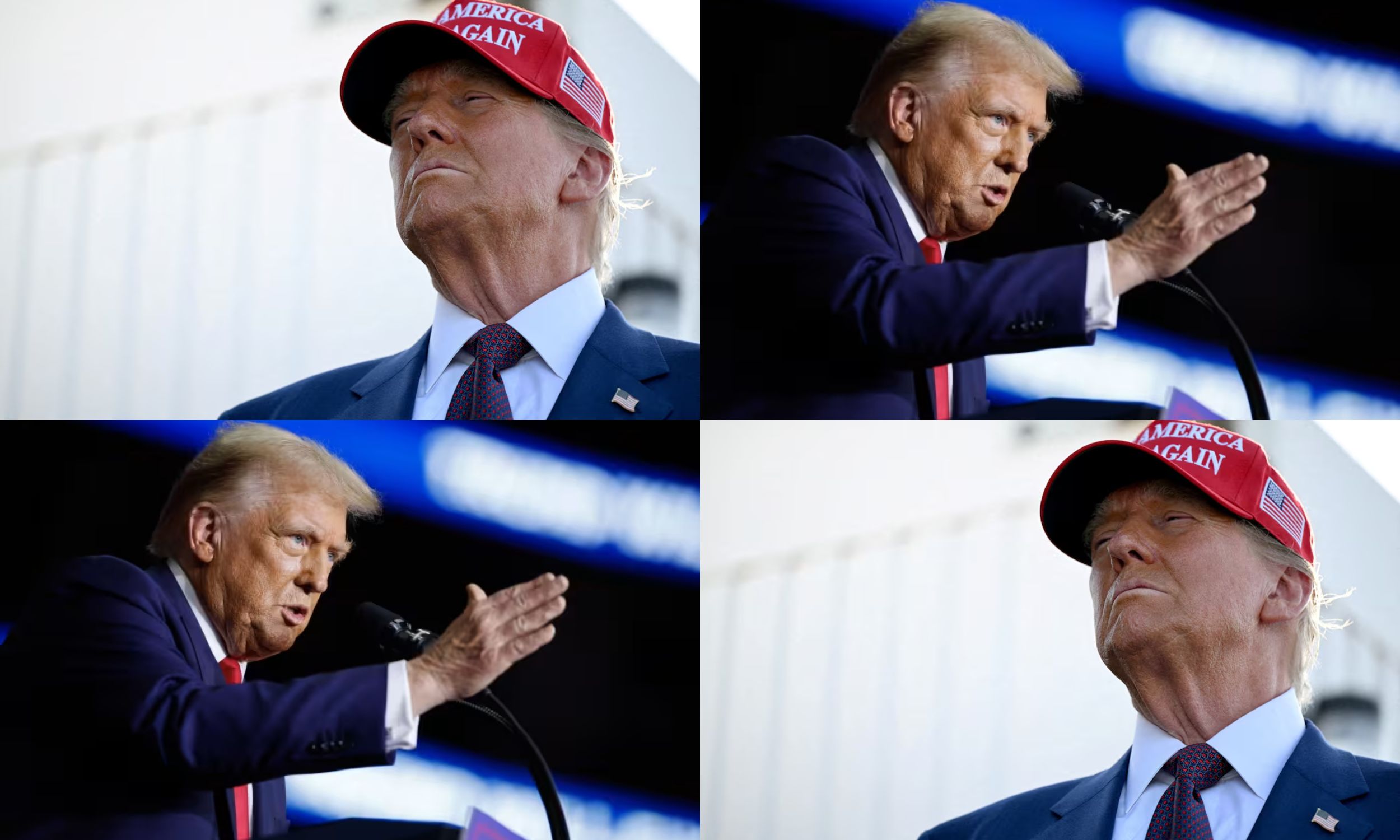The incoming administration faces massive challenges in addressing the nation’s pressing economic issues. Beyond the well-known concerns like mounting national debt and declining purchasing power, there are lesser-discussed but equally dangerous threats, particularly the outdated financial regulatory framework.
This system, incapable of effectively identifying and managing market anomalies, leaves the economy vulnerable to another potential financial meltdown. Built in the 1930s, the regulatory structure comprises nearly 200 federal, state, and territorial entities.
However, this fragmented network struggles to operate in today’s interconnected digital world, where borders mean little, and financial products cross jurisdictions with ease.

This overlapping oversight creates inefficiencies, as regulators often clash while attempting to govern the same activities simultaneously. Originally designed in response to the Great Depression, the regulatory approach focused on preventing bank runs and safeguarding depositors by enforcing broad rules and ratios.
However, this reliance on standardized metrics has proven insufficient in a world where financial crises repeatedly expose systemic weaknesses. The financial ecosystem has evolved, with high-risk activities shifting to nonregulated entities like fintech companies and cryptocurrency platforms, which operate largely outside the reach of traditional oversight.
Recent scandals, including those involving companies like FTX and Binance, highlight the dangers of leaving such entities unchecked. Despite their potential to destabilize the economy, regulatory resources remain concentrated on banks, which no longer dominate the financial services sector. This imbalance underscores the urgent need for a regulatory overhaul that addresses risks across all types of financial institutions.
Ensuring stability requires a comprehensive approach where any institution handling public funds and influencing financial stability is subject to oversight. The lack of regulation for nonbank entities mirrors conditions that led to historical financial crises.
The rapid pace of the digital economy demands real-time, predictive regulation rather than outdated retrospective assessments. Advanced technologies like AI could enhance regulatory effectiveness, but only if regulators are equipped with equivalent tools and adopt a cooperative approach with private sector stakeholders.
Cryptocurrencies present a particularly urgent regulatory challenge. With the market approaching $10 trillion, these speculative assets lack intrinsic value and remain largely unregulated despite their potential to disrupt economic stability.
While individuals should retain the freedom to invest in high-risk ventures, cryptocurrencies that function as quasi-currencies require oversight to ensure confidence and prevent misuse. The lack of safeguards has also made cryptocurrencies a preferred vehicle for criminal enterprises, including funding illegal activities and even state-sponsored threats.
To prevent future crises, the administration must prioritize modernizing financial regulation to address the challenges of today’s economy. Appointing forward-thinking officials and implementing updated oversight mechanisms will be essential in mitigating risks and safeguarding economic stability in the 21st century.


